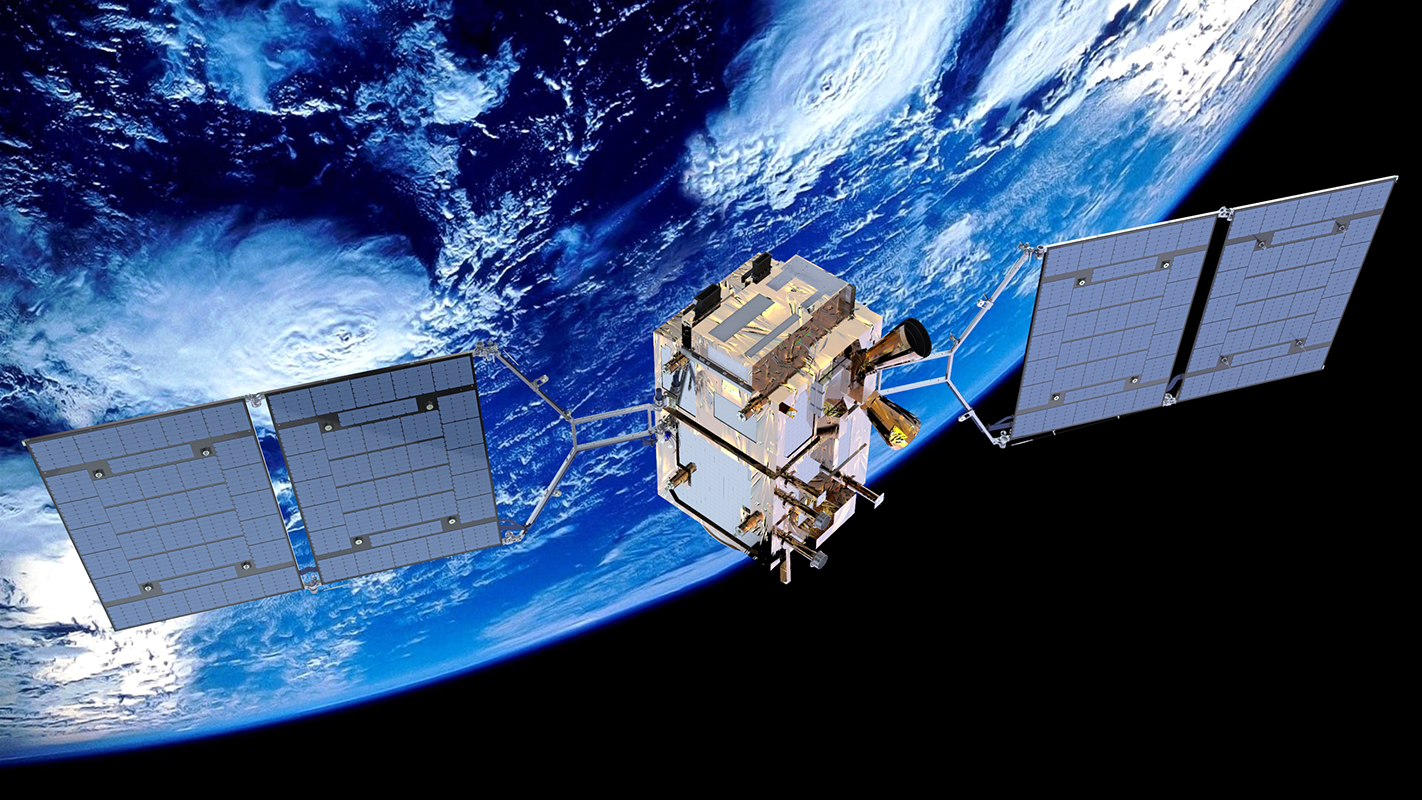2018
The next satellite mission, which is being developed by the National Space Activities Commission (CONAE, in Spanish), recently obtained approval to start constructing the SABIA-Mar 1 satellite. Created through a bilateral integration and coordination agreement between Argentina and Brazil, the mission, focused on the so-called Argentine-Brazilian Satellite for Information on the Sea (SABIA-Mar, in Spanish), was thoroughly reviewed by a committee of national and foreign experts to verify if the design met the requirements.
The Critical Design Review concerning the flight segment of the SABIA-MAR mission took place from April 16 to 20, 2018, in San Carlos de Bariloche, at the headquarters of INVAP, main contractor for the development of subsystems and instruments, as well as for the assemblage and tests of the SABIA-Mar 1 satellite.
The review committee was composed of eleven space experts of Argentina, Brazil, USA and France (some of whom participated remotely), who evaluated in detail the satellite design during five days through reports and presentations by the SABIA-Mar project’s heads. The working team is made up of members of CONAE, INVAP, VENG and STI companies, and scientific technological organizations such as the National Commission of Atomic Energy (CNEA, in Spanish) and the Argentine Institute of Radioastronomy (IAR, in Spanish), who participate in the development of the satellite under the coordination and direction of members of CONAE responsible for the mission.
In parallel with the review, three additional meetings took place to deal in depth with some specific issues of concern to reviewers. On April 20, after approximately six hours of deliberation, the review committee made a number of very useful recommendations that were submitted to the project for consideration. Finally, it stated that all the success criteria defined for this review had been met and advised the team to start with the following stages: the manufacture, assemblage, integration and testing of the SABIA-Mar 1 observation satellite.

SABIA-Mar mission:
o A constellation composed of two satellites will provide information on the Latin American sea and coasts. It is a cooperation mission between CONAE and the Brazilian Space Agency (AEB, in Spanish) in the context of the Bilateral Integration and Coordination Agreement signed between Argentina and Brazil.
o CONAE has full responsibility for the development and construction of the SABIA-Mar 1 satellite, while AEB is in charge of SABIA-Mar 2.
o The goal is to study the sea and coasts through sea color parameters such as chlorophyll concentration, turbidity, and dispersion coefficient, among other data. The information about Latin American coasts will be provided at regional level with a spatial resolution of 200 meters, and at a global level with a spatial resolution of 800 meters.
o It will carry on-board four cameras: two multispectral cameras covering the visible to near-infrared range (one of them with eleven-bands and the other with six-bands), one thermal camera and one high-sensitivity panchromatic camera. It will also carry a data collector system (DCS) and a radiation monitor.
o SABIA-Mar 1 satellite Diameter of 2 meters and 1.9 meters high in its launching configuration. Once in orbit and separated from the launch vehicle, it will deploy the solar panels reaching a size of 8.7 m x 1.9 m in its flight configuration.
o Lifetime according to design: Five years.
o Estimated weight: 550 kg
o Orbit: Helium-synchronous circular 702 km high, 10:20 pm AN (Ascending Node.)

